

Postion: Home > Our Case > Metal Fabrication >

 CATEGORIES
CATEGORIESAs a professional sheet metal parts supplier, we recognize that surface finish is more than just visual appeal—it's a functional necessity. From industrial brackets to precision enclosures, selecting the right sheet metal surface treatment helps enhance durability, ensure dimensional precision, and add professional aesthetic value.
Ideal for internal-use components or parts awaiting secondary treatment, this standard option preserves the natural finish post-cutting. Some visual inconsistencies may appear (e.g., burrs or mill marks), but it remains cost-effective and efficient for non-cosmetic applications.
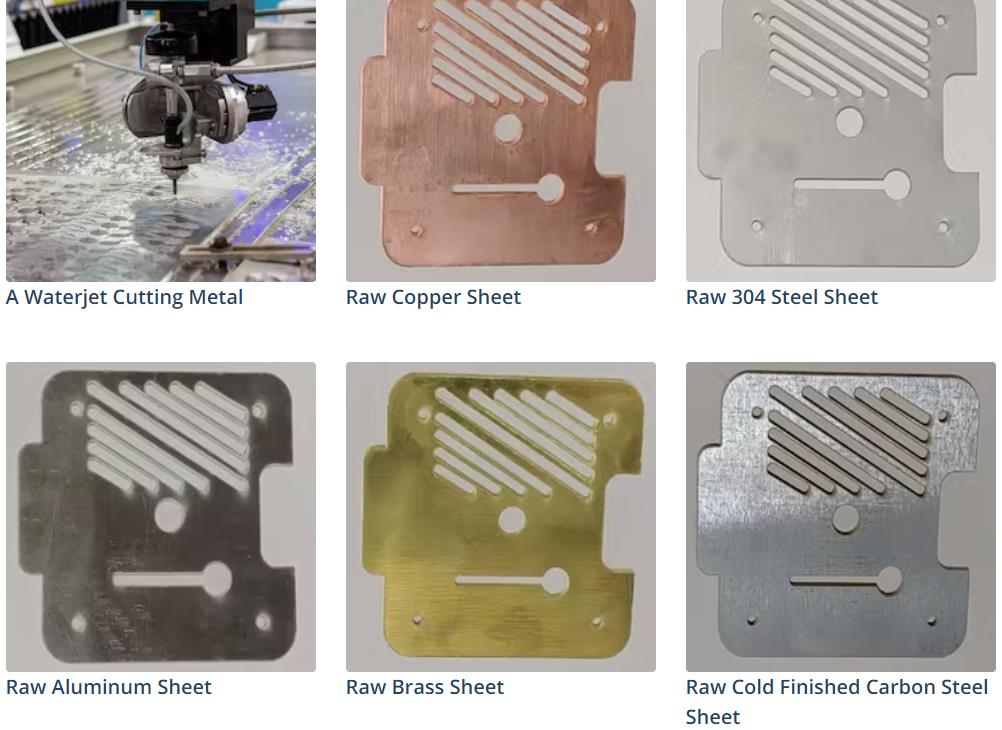
By blasting high-pressure glass beads, this method removes burrs and imperfections, creating a fine-grain matte surface. It is perfect for parts destined for painting or anodizing and applicable to components no larger than 24” × 24”.
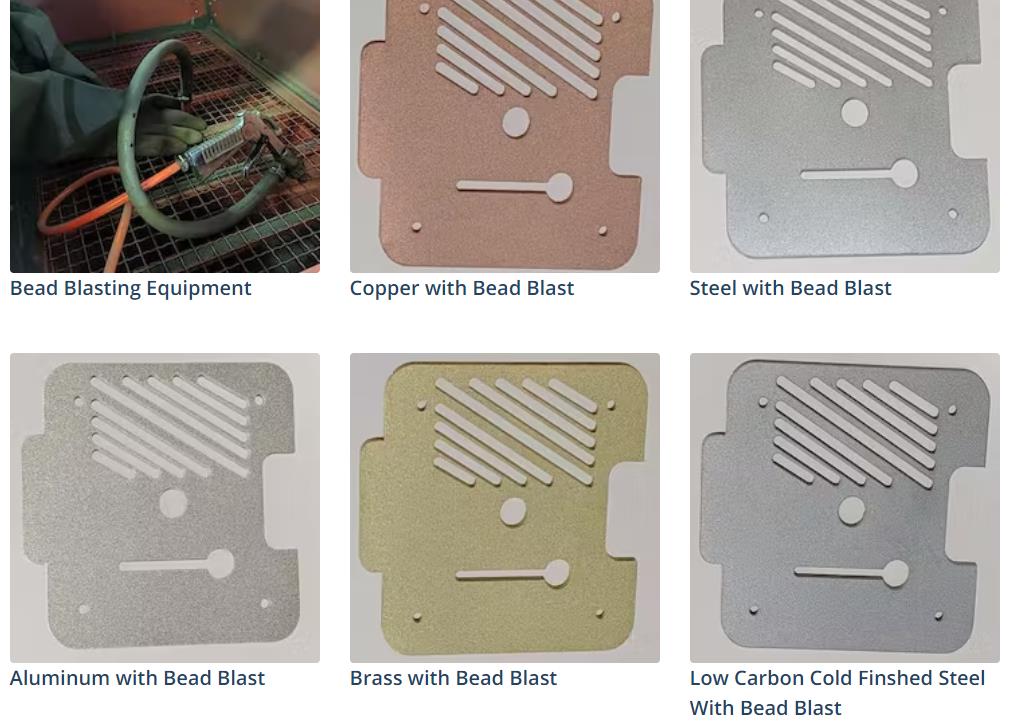
A textured, orbital finish applied using powered abrasive pads. Ideal for signage and larger flat panels where uniform surface texture is desired. This treatment is also compatible with further finishing like anodizing.
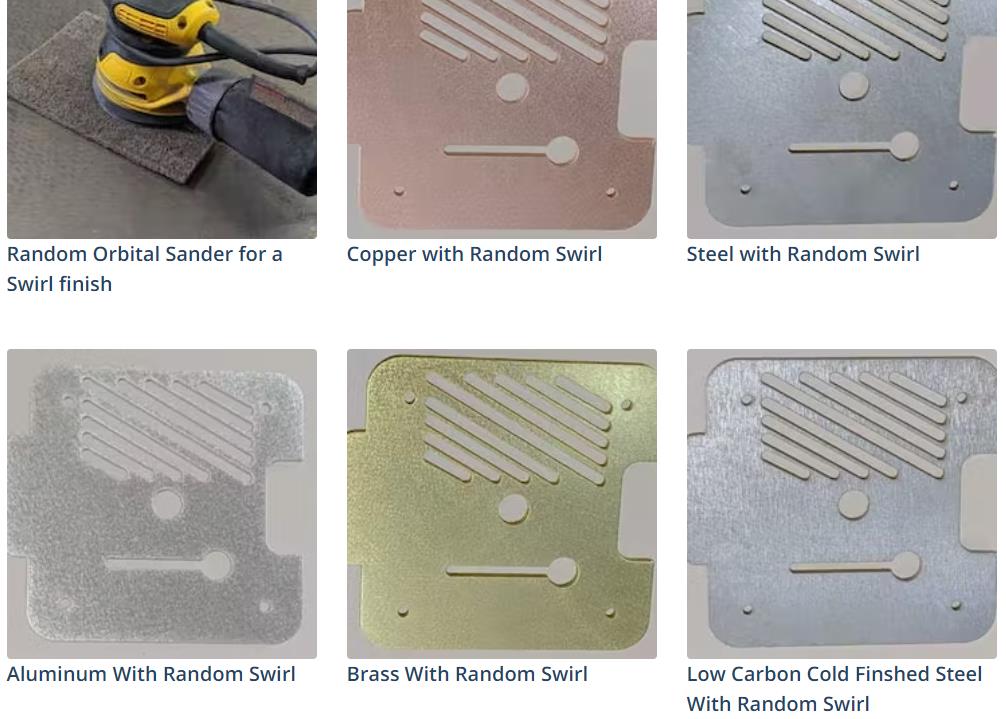
Using belt sanding with non-woven abrasives, this technique applies a brushed, directional finish to the surface. It’s great for achieving a consistent appearance across visual parts, especially on stainless steel panels.
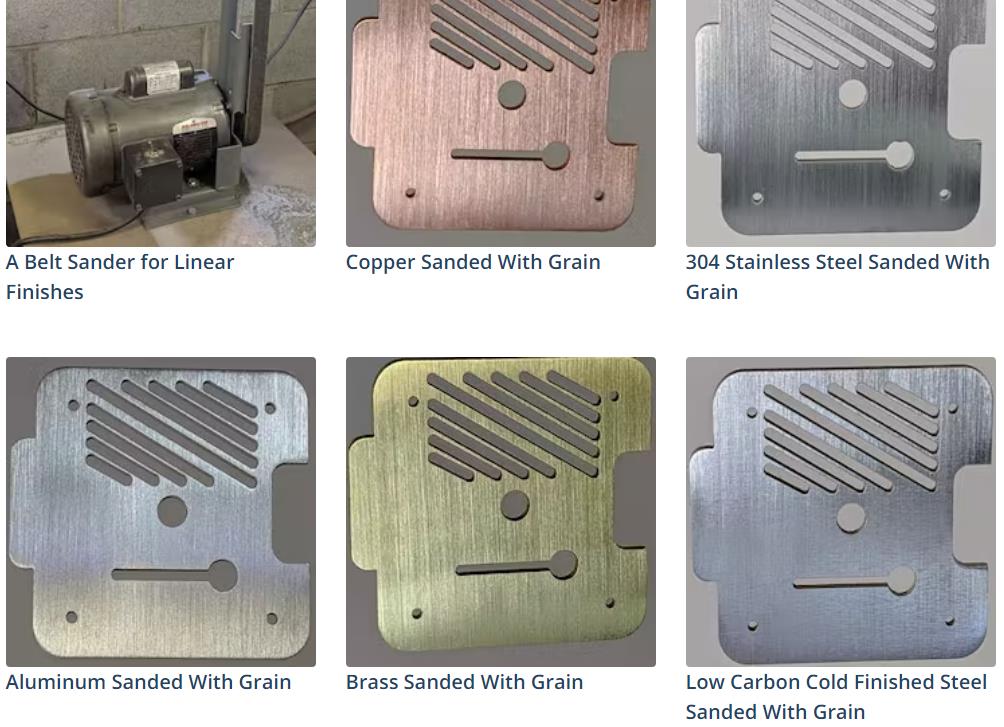
Suitable for small precision components, tumbling uses ceramic media in a vibratory machine to deburr and polish parts efficiently. Commonly used in electronics, jewelry, and small mechanical assemblies.
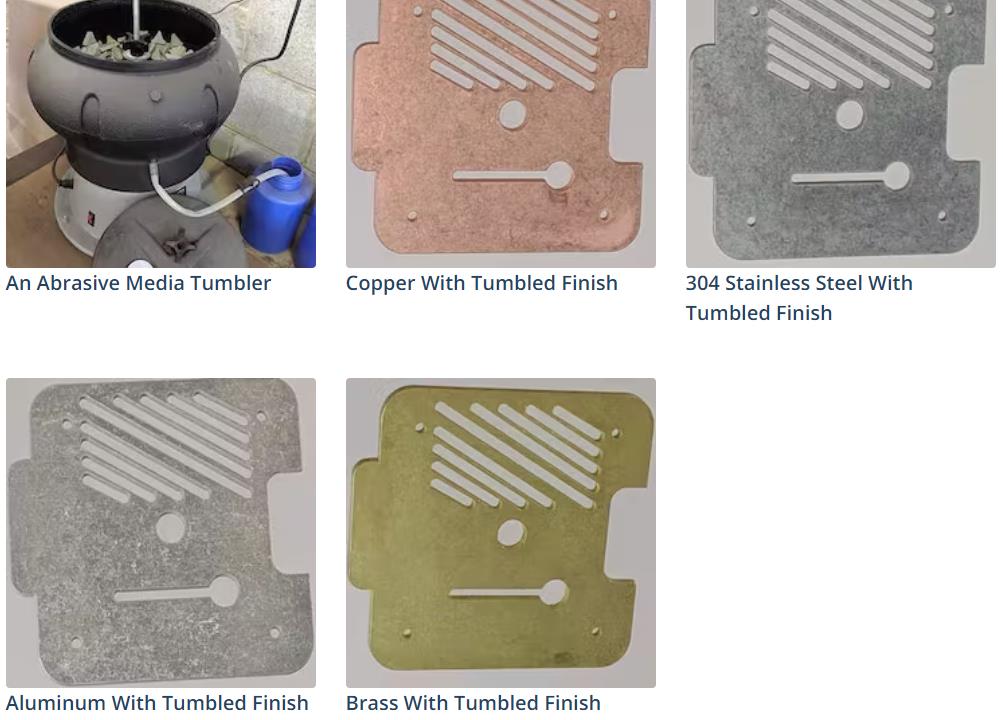
We also provide custom surface treatments including anodizing, powder coating, passivation, chem-film, plating, and painting. All finishes are tailored to customer specifications and verified for quality, durability, and corrosion protection.
Whether your part needs to withstand harsh environments, match visual requirements, or function with precision fittings, the right surface treatment can make a significant difference. Proper finishing eliminates sharp edges, improves corrosion resistance, and ensures components meet safety and quality benchmarks.
E-MAIL: info@hms1688.com

Contact us and just send us your drawing (SolidWorks,ProE,CAD,PDF,DXF...)
Links: Metal Stamping Services | Sheet Metal Fabrication Services | precision cnc machining and milling services | Metal Welding Services | metal Cutting Services | Metal Bending Service | Sheet Metal Enclosure Fabrication | Surface Finishing |